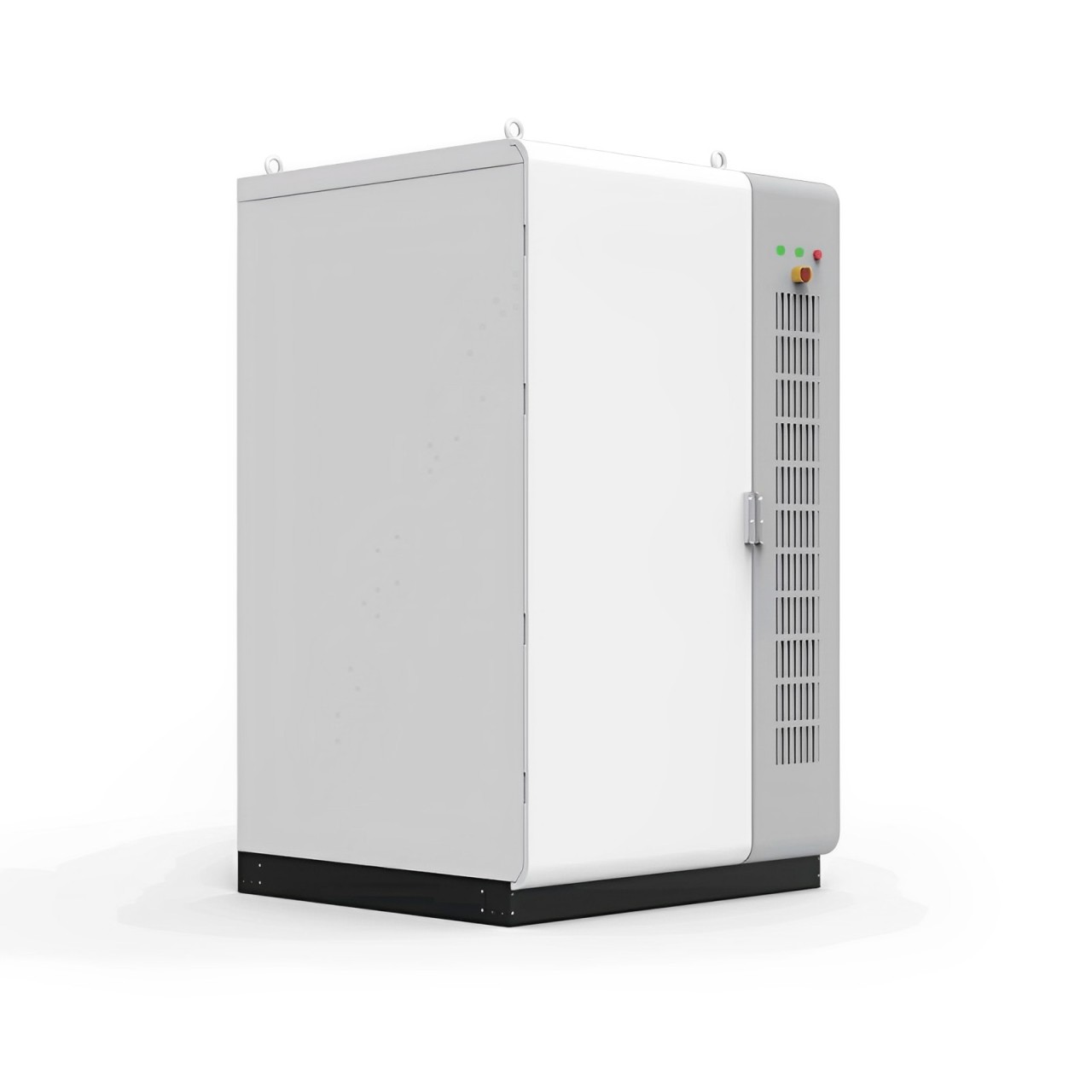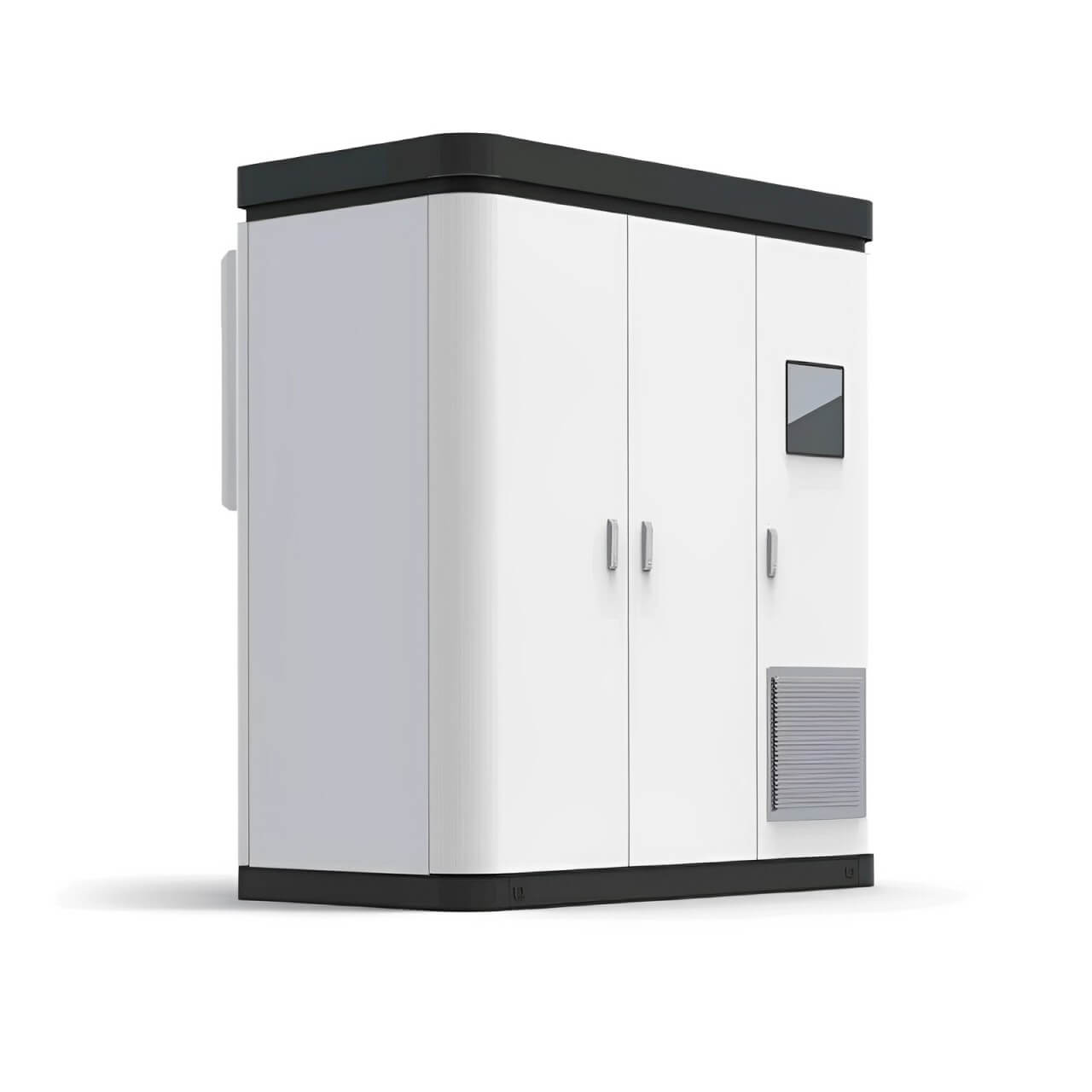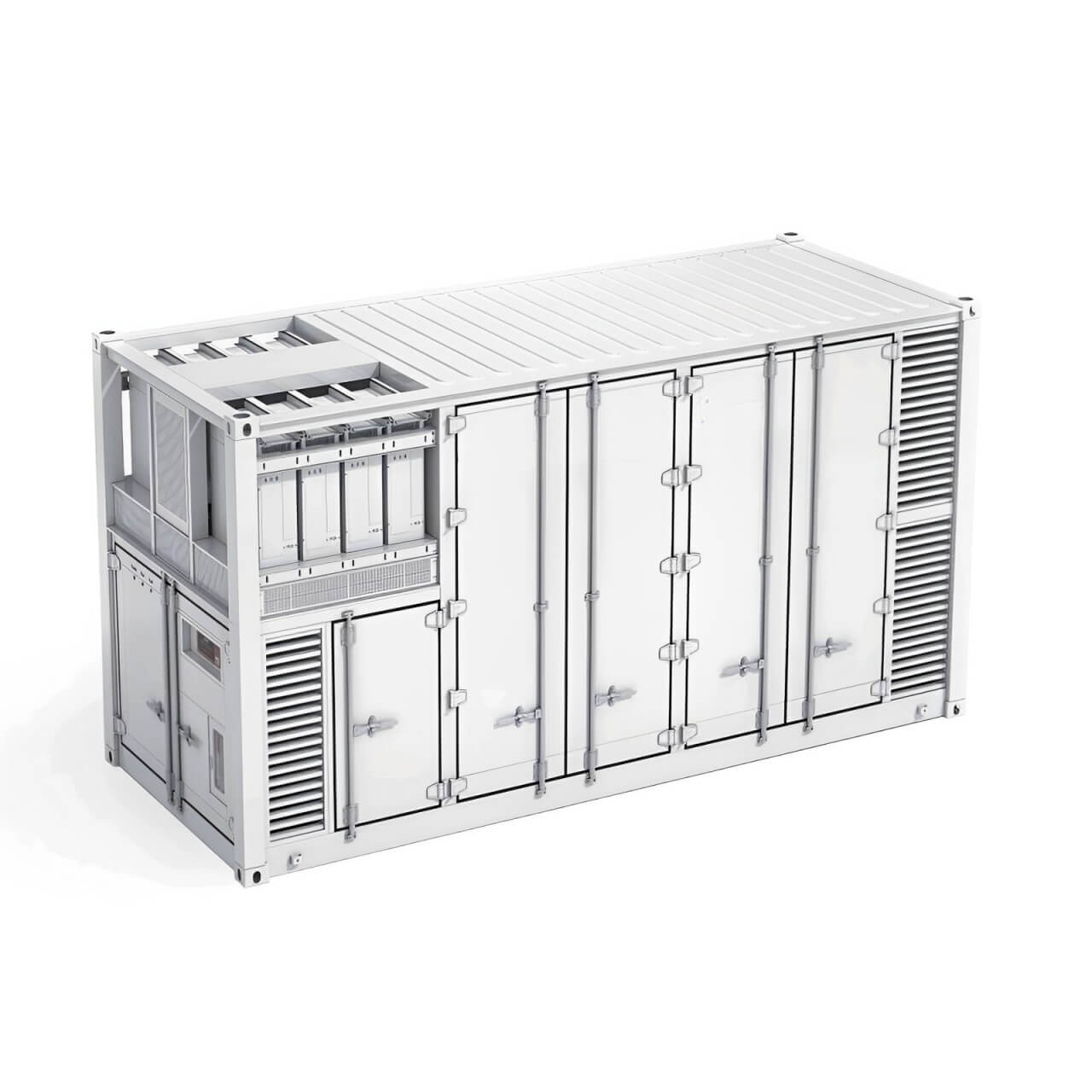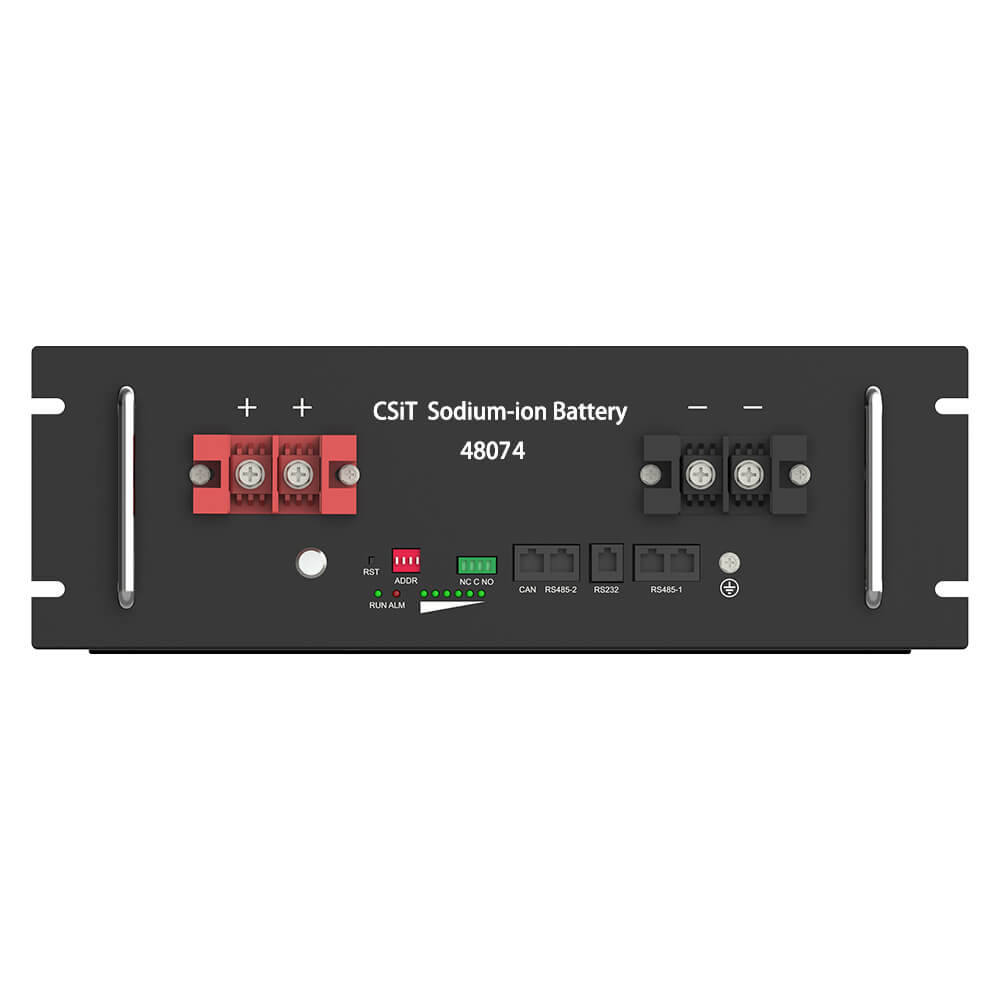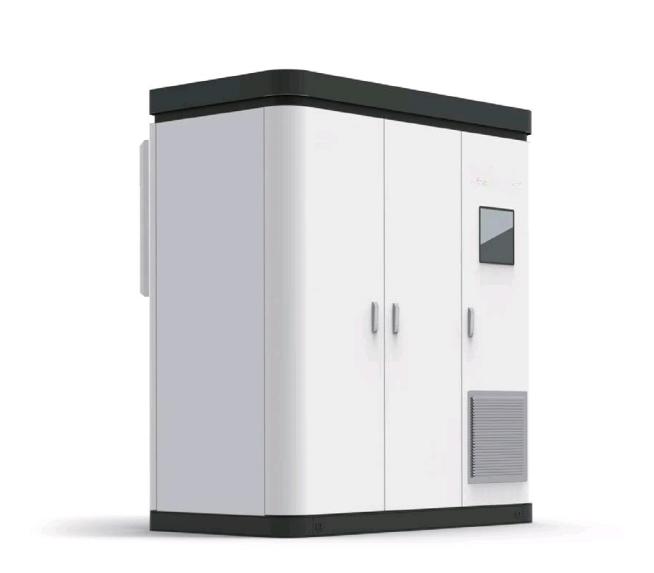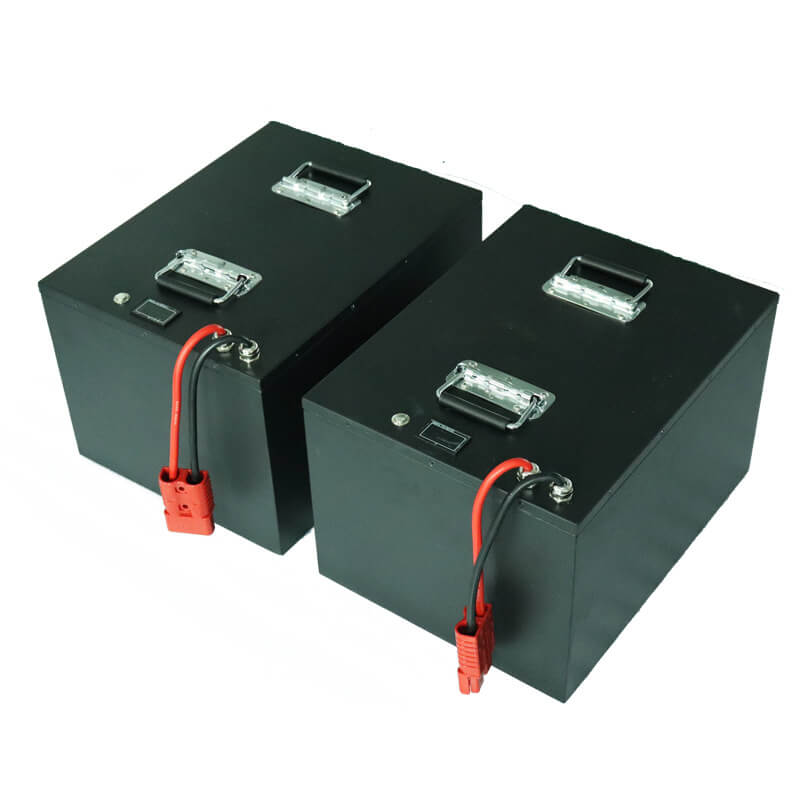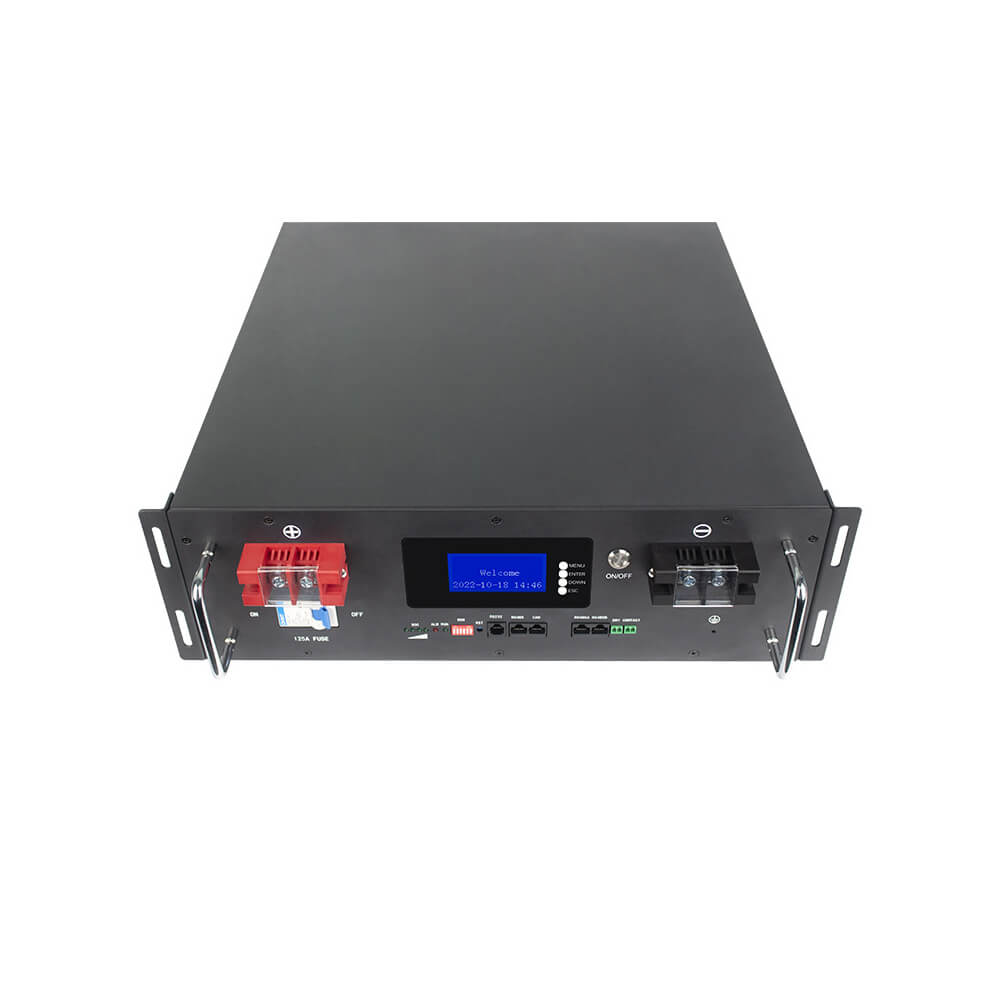What is the difference between a prismatic and cylindrical lithium battery?
There are three main types of lithium-ion batteries (Li-ion): cylindrical, prismatic, and pouch. In the electric vehicle industry, the most promising developments revolve around cylindrical and prismatic batteries. While the cylindrical battery format has been the most popular in recent years, several factors suggest that prismatic batteries may take over.
Prismatic batteries are batteries whose chemical components are enclosed in a rigid casing. Their rectangular shape allows multiple cells to be efficiently stacked in a battery module. There are two types of prismatic batteries: The electrode sheets (anode, separator, cathode) within the casing are either stacked or rolled and flattened. For the same volume, stacked prismatic batteries can release more energy at a time, providing better performance, while flat prismatic batteries contain more energy, providing higher durability, and prismatic batteries are mainly used in energy storage systems and electric vehicles. Their larger size makes them unsuitable for small devices such as electric bicycles and mobile phones. Therefore, they are more suitable for energy-intensive applications.
Cylindrical batteries are batteries enclosed in a rigid cylindrical can. Cylindrical batteries are small and round, which allows them to be stacked in devices of various sizes. Unlike other battery forms, their shape prevents expansion, an undesirable phenomenon in which gas accumulates in the battery casing. Cylindrical batteries were first used in laptops, which contained three to nine cells. Then they grew in popularity when Tesla used them in its first electric cars (Roadster and Model S), which contained 6,000 to 9,000 cells.
Cylindrical batteries are also used in electric bicycles, medical devices, and satellites. Due to their shape, they are also indispensable in space exploration; other cell forms would deform due to atmospheric pressure. For example, the last rover sent on Mars runs on cylindrical batteries. The Formula E high-performance electric racing car uses the exact same cells in its batteries as the rover.
Main differences between square and cylindrical batteries:
1. Shape is not the only factor that distinguishes square and cylindrical cells. Other important differences include their size, the number of electrical connections, and power output.
2. Size: Square batteries are much larger than cylindrical batteries, so each cell contains more energy. To give a rough idea of the difference, a single prismatic battery can contain the same amount of energy as 20 to 100 cylindrical batteries. The smaller size of cylindrical batteries means they can be used in applications that require less power. Therefore, they are used in a wider range of applications.
3. Connections: Since prismatic batteries are larger than cylindrical batteries, fewer batteries are needed to get the same amount of energy. This means that for the same volume, batteries using prismatic batteries require fewer electrical connections to be soldered. This is a major advantage of prismatic batteries because there is less chance of manufacturing defects.
4. Energy: Cylindrical batteries may store less energy than prismatic batteries, but they have more power. This means that cylindrical batteries can release energy faster than prismatic batteries. The reason is that they have more connections per ampere-hour (Ah). Therefore, cylindrical batteries are ideal for high-performance applications, while prismatic batteries are ideal for optimizing energy efficiency.
5. Examples of high-performance battery applications include Formula E racing and the Ingenuity helicopter on Mars. Both require extremely high performance in extreme environments.
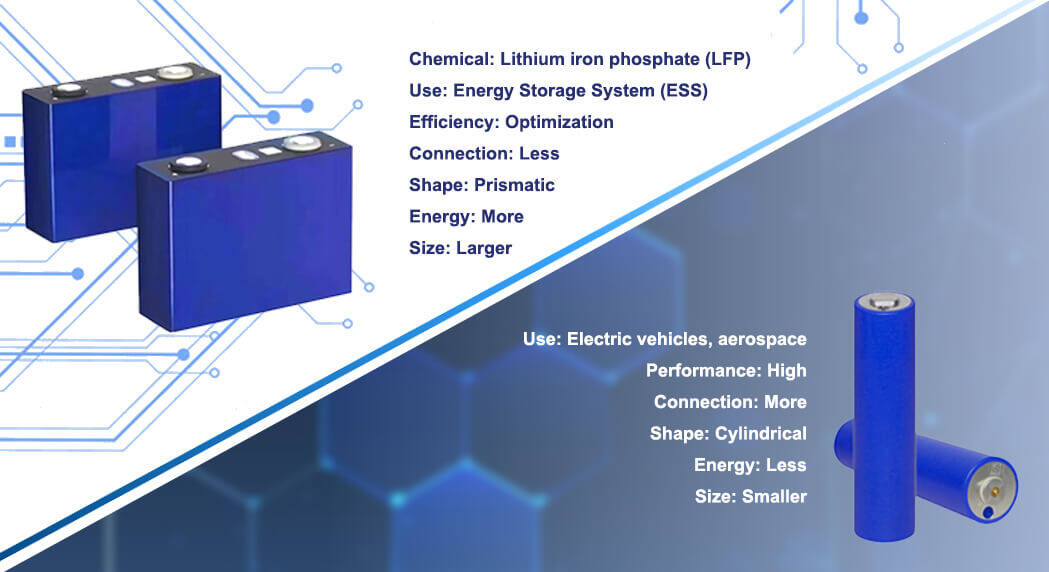
Why prismatic cells might be replaced
The electric vehicle industry is growing rapidly, and it is not yet clear whether prismatic or cylindrical cells will prevail. Currently, cylindrical cells are more prevalent in the electric vehicle industry, but there are reasons to think that prismatic cells will become increasingly popular. First, prismatic cells offer the opportunity to reduce costs by reducing manufacturing steps. Their format makes it possible to build larger cells, which reduces the number of electrical connections that need to be cleaned and soldered.
Prismatic cells are also an ideal format for lithium iron phosphate (LFP) chemistry, a cheaper and more readily available blend of materials. Unlike other chemistries, LFP batteries use resources that are found all over the planet. They do not require rare and expensive materials such as nickel and cobalt, which drive up the cost of other battery types.
There are strong signals that LFP prismatic cells are on the rise. In Asia, electric vehicle manufacturers are already using LiFePO4 batteries, a prismatic form of LFP cells. Tesla has also said it has begun using Chinese-made prismatic cells in the standard range versions of its cars.
However, LFP chemistry has important drawbacks. First, it contains less energy than other chemistries currently in use, so it cannot be used in high-performance vehicles such as Formula 1 electric vehicles. Furthermore, it is difficult for the battery management system (BMS) to predict the charge level of the battery.
Prismatic Batteries in Energy Storage Systems
Energy storage systems (ESS) are just as important as electric vehicles in terms of battery pack production needs. ESS are already using prismatic batteries, and they will likely continue to use them. Prismatic batteries have a longer cycle life, are less hazardous, and are low cost compared to cylindrical batteries.
Tesla’s 4680 cylindrical cells are probably the most noteworthy battery right now with their benchtop cell design, high energy density, and low manufacturing cost. But recently, Tesla has started using them in some of its models. The 4680 cylindrical cells have not yet been replaced by prismatic cells, but Tesla’s next move will tell the story of what the future holds. Will they replace the nickel-cobalt-aluminum-oxide (NCA) chemistry of the 4680 with LFP chemistry? If so, will they switch to prismatic cells, which is the preferred form of this chemistry? With the increasing cost of raw materials worldwide, this is a strong possibility.

 简体中文
简体中文 Russian
Russian French
French German
German Japanese
Japanese Korean
Korean Arabic
Arabic Spanish
Spanish